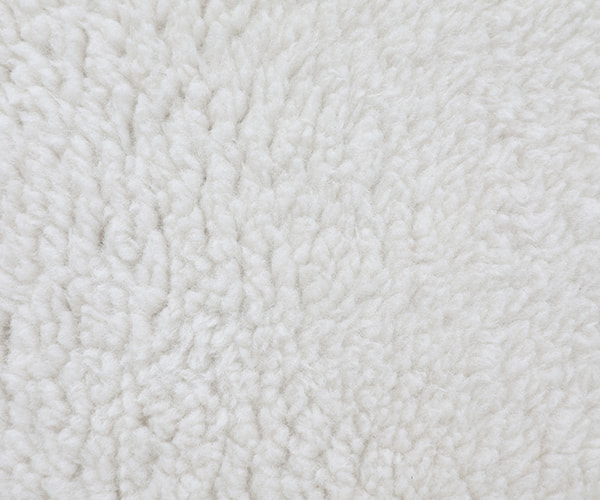How to Spin Iceland Fleece
Iceland fleece has a wide variety of colors. It ranges from shades of white, gray and black to many different shades of brown. Many iceland fleeces have multiple colors and have separate outer and inner coats. If you're planning to spin or felt iceland fleece, here are a few tips to get you started. Read on to learn about the characteristics of Iceland fleece. Once you've prepared your wool, you're ready to spin it!
Preparation of iceland fleece for spinning
Iceland fleece is one of the world's most versatile fibres, a high 50-53 spinning count with a density of around 27 microns. Traditionally, the Icelandic sheep had two coats: the tog and thel. Separating the tog and thel is a simple process using your hands. The tog will separate readily from the thel, keeping the longer tog fibres aligned for processing. The thel, however, will contain a significant amount of short tog hairs, requiring removal of them. To do this, you'll need to hold the bundle over a contrasting background and slowly separate the long tog hairs from the shorter ones.
The Icelandic sheep has a dual coat, consisting of a fine, soft undercoat (thel) and a coarse, thick, and durable outer coat (tog). Tog can be spun into a wide variety of yarns, from fine to coarse, for needlework to clothing and even ropes. Icelandic sheep are often sheered twice a year, so they will have two coats for one season and one for another.
Before spinning Icelandic wool, Iceland farmers typically sent the fleece to a local woolen mill. The Icelandic fleece has a long outer coat similar to a Lincoln sheep and a fine under coat like a Merino sheep. This wool can be spun into a fine, two-ply yarn with a 21-degree twist angle. You can also spin Icelandic wool into a three-ply yarn. You can also knit sweaters from two or three strands of lopi. While knitting wool in Iceland is a new tradition, lopi sweaters are still popular.
Characteristics of iceland fleece
The Icelandic sheep are prized for their wool, which is incredibly warm and durable. It is also very soft and can be used in almost any project, whether it is for knitting or for the next-to-skin experience. This beautiful natural fiber is very distinctive in its outer fibers, which are long and tough, but incredibly soft and fine. Unlike most other wools, Icelandic wool is also resistant to water and scratchy against the skin.
Icelandic sheep have two main colors and five distinct pattern combinations. Whether a sheep is a black or moorit, there is a pattern for them. The genetics of the sheep are well known, and breeders have been working to improve the color patterns of Icelandic sheep. While the genetics of these sheep is complex, it has been noted that the colors and patterns are extremely attractive. This is a great characteristic for knitting, felting, and other creative applications.
The Icelandic sheep is known for producing incredibly high-quality, premium-quality fleece. This type of fleece is dual-coated, with a thin, downy undercoat called thel and a dense outer coat known as tog. The fleece can be spun into three kinds of yarns: fine lace-weight, bulky, and soft. It is also great for felting, and its durability makes it one of the best choices for felting.
Preparation of iceland fleece for felting
Icelandic sheep's unique fleece is a premium material. The Icelandic fleece is dual-coated, with a soft undercoat called thel and a coarse outer coat called the tog. The tog fiber is approximately 56-60 microns in spinning count, and is dense and resistant to wear and tear. The Icelandic sheep's undercoat sheds rain and snow, leaving the tog fiber with a crimp count of 30 to 60. Icelandic fleece is extremely resilient and strong, growing to six to eight inches in 6 months. It is made of secondary hair follicles and is extremely resistant to wear.
To prepare Icelandic wool for felting, it must first be washed. The fleece should be carefully teased out, and then it must be dried. The wool's fine undercoat makes it easier to felt, so you should be gentle when washing it. Rinse it thoroughly with a solution similar to the wash water. Then, you can felt the Icelandic wool with the wool you've just prepared.
Scrubbing raw Icelandic wool is a simple process. It is similar to bathing: you immerse the object in hot water and scrub the wool with soap. You can also use a drum carder to prepare the Icelandic wool. It's best to use a fine carding cloth for Icelandic wool. It is important to note that Icelandic wool typically has long locks that can be too long to hand-card.












